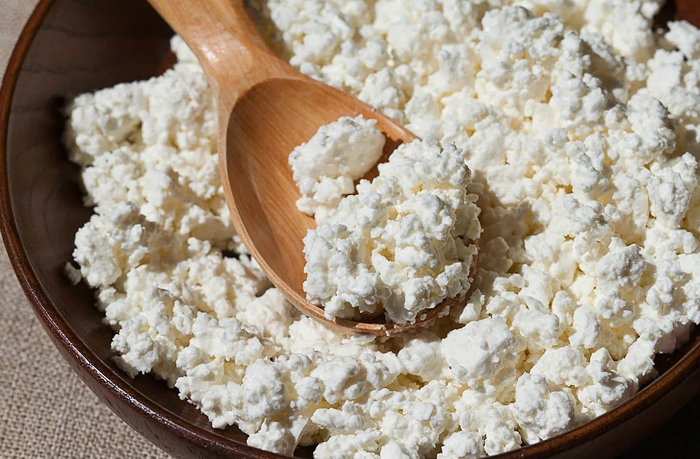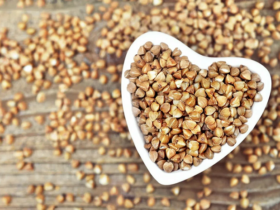Cottage cheese is great for dietary nutrition, but some people should be careful with it. Let’s find out what benefits and harm cottage cheese can bring and how to choose a really good product
Cottage cheese is a traditional product for Eastern, Northern and Central Europe. To make it, milk is fermented and the whey is drained, obtaining a protein mass. Let’s find out with an expert what the benefits and harms of cottage cheese are for the body.
Types of cottage cheese
There are several types of cottage cheese, which differ in the method of preparation: regular crumbly, soft and granular. Cottage cheese is also traditionally divided by fat content – this product can be either completely low-fat or very high in calories. Cottage cheese is made from the milk of various animals, but cow’s milk is most often used.
The history of the appearance of cottage cheese in nutrition
In ancient Rome, cottage cheese was obtained by fermenting milk with a curd of a special substance extracted from the stomach of calves and lambs. Rennet is secreted by the stomach cells of dairy lambs and calves, and it is the enzyme that curdles milk.
Until now, cottage cheese is not widespread throughout the world. For example, in China it is almost impossible to find, but in England cottage cheese is still considered young cheese.
Previously, the word “sir” meant both cheese and cottage cheese. That is why cheesecakes made from cottage cheese, popular as a breakfast, still bear the “cheese” name. The word “cottage cheese” comes from the Russian “tvarog”, which translates as “milk made solid.” In Russia there is a tradition of preparing Easter from cottage cheese for the Orthodox holiday of Easter.









